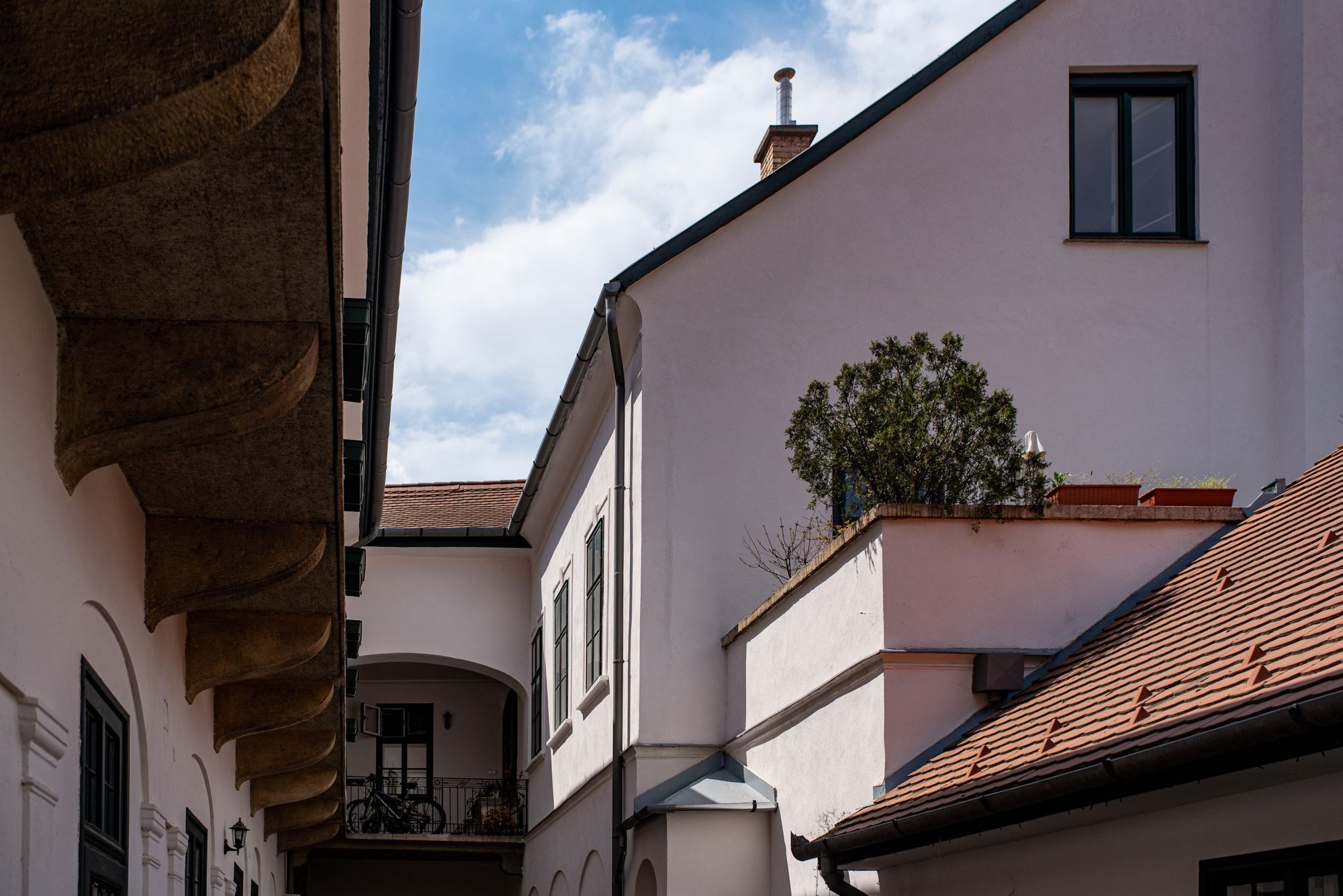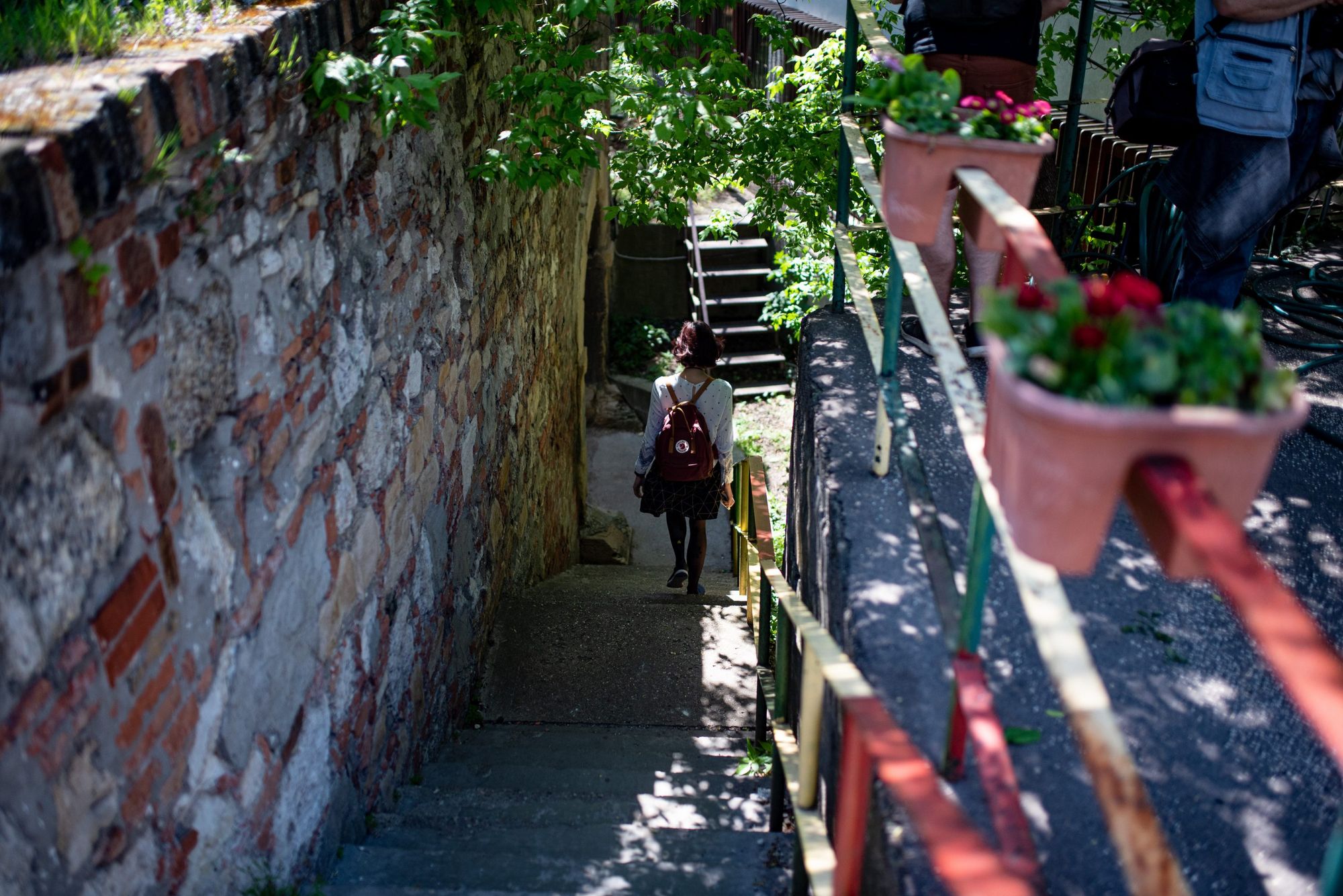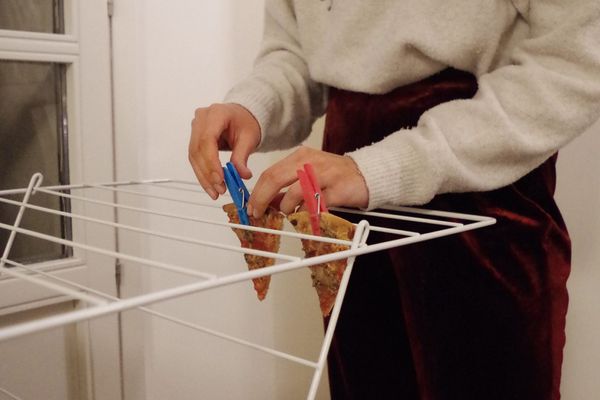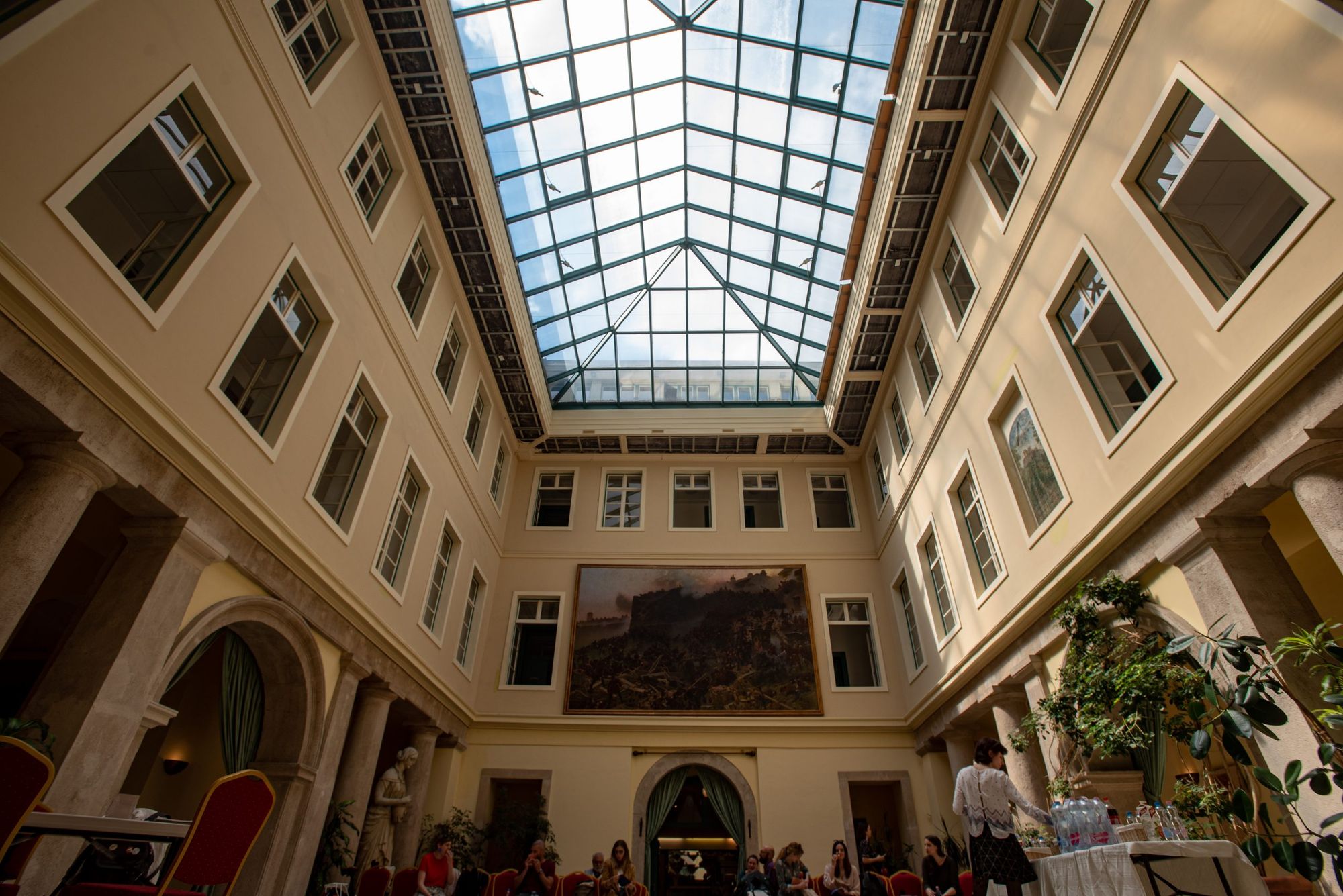It will be worth visiting the Buda Castle District in Budapest at the weekend, where everything will evolve around architecture for the first time this year, for four days. The usual weekend schedule of Budapest100 was completed by the organizers with a conference on Thursday and a walking day on Friday. We were on a press tour of the architectural-cultural festival. It was a great experience for us, and we hope it will be for you, too!
I clearly remember the first time I heard about Budapest100, when I moved from the countryside to Budapest. Back then, I was already amazed by the city’s buildings with so many stories and secrets. At first, I was just guessing what the number 100 in the name meant: maybe this is the number of houses we can visit, or perhaps the age of the buildings? My latter assumption was not far from reality, since in 2011, the year the program series were launched, the focus was on the hundred-year-old buildings. This has slowly changed over the years, and the focus has moved on different parts of Budapest since 2016. Then the Covid epidemic had an impact on the architectural festival, and the replanning did not only play a role in the development of the postponed event, which was held later, but also represented its theme. However, the goal has not changed since then: opening the houses from the basement to the attic.




This year, nearly forty houses will be opened in the Castle District, including fourteen institutions. However, it should be noted that hybrid types such as 13 Országház Street will also be available, where the library is an integral part of the residential house.
Model of the residential houses in the Castle District | 13 Országház Street
“Every house is interesting”—says the motto of the event, and in the case of the Castle District, this is exponentially true, the above-mentioned building on Országház Street is a perfect example of this, which, according to our local patriot guide, is the model of the residential houses of the Castle District. According to her, neither did Franz Liszt play in the 15th-century building, nor did the Esterházy family live in it, but after the Turkish occupation, the house renovated in the 18th century carries all the characteristics that a building of this location should have. Later, we learned that the residential house is a historic building, as a 98-year-old resident lives here (no, the historic preservation wasn’t earned due to them), whose living room has an unusual all-seeing eye of God motif on its vault, which we can admire in photographs. The beauty of the story is further enhanced by the fact that what is essential remains truly invisible to the eye.




The house where the geraniums were placed by a crane | 16 Dísz Square
During our walk, which we started from Dísz Square, we visited four more buildings and were enriched by a lot of surprising information. The authenticity of the residential building at 16 Dísz tér was a fitting setting for the walk. Our volunteer guide’s knowledge of the house and the street seemed almost inexhaustible. We also learned from him that even the geranium pots here are authentic, custom made, and the plants were changed annually in order to provide a spotless overall view of the house from the street front. But here’s the part of the story that will make you smile. Fresh plants would have found their rightful place in the windows of the apartments, but many residents complained about this. And in order for having the cake and eating it, the geraniums had to be lifted to their places with a crane.





View of the Matthias Church | Buda Castle Elementary School—9-11 Tárnok Street
This year, institutions will be presented among the open houses, and we can rightly say that the Buda Castle Elementary School is one of the most exciting places among them. Our jaws were dropped as we listened to the history of the house and absorbed its magical atmosphere. Not only did the Esterházy family, full of art treasures, once stand in this place, but the courtyard also contains many secrets to discover: by chilling under the huge chestnut tree, we can see the secret passage that leads directly to the King Matthias playground.




Due to the investments carried out in Buda Castle in recent years, increased attention has been paid to the part of the city, and building reconstructions and demolitions change the fabric and landscape of the city day by day. Nevertheless, as Budapest residents, we rarely go to this popular tourist destination, the Castle.


However, thanks to the KÉK—Contemporary Architecture Centre, the architectural heritage of the Castle District from the 13th to the 21st century will be highlighted in May (12-13)-14-15, as we rarely see it. On Friday, guided walks start not only in the Castle, but also in Krisztinaváros, Tabán and Víziváros, but, as we could get used to it, due to the high interest, they were full in no time.
However, there is no reason to be discouraged, because in addition to the professional conference on Thursday at the Hungarian National Archives, which can be followed online or afterwards, we can continue on Saturday and Sunday. We have forty-two open house programs to choose from. To do this, it is worth visiting the website and application of Budapest100, or keeping your eyes open and looking for the molinos marking the open houses, and remember: this year we will take the Castle!
Photo: Dániel Ránki, Bálint Juhász, Dániel Kálmán, Tamás Csertán—Budapest100

People are ready for the more honest depiction of the female body | Interview with Marylou Faure

“I just play with food”—interview with food designer Elise Coudré










